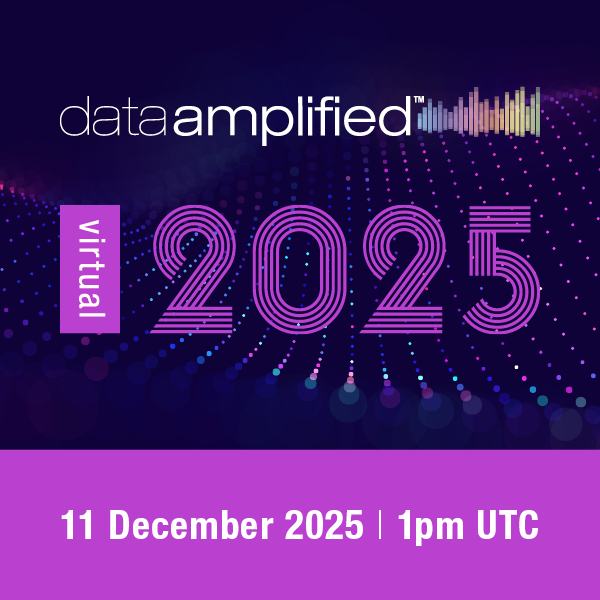Making data AI-ready with XBRL

Over the summer, the Open Data Institute (ODI) released a new framework outlining what makes data truly AI-ready. It boils down to three pillars: the quality of the data itself, rich metadata, and robust infrastructure. And the good news: XBRL already has most of these requirements embedded in its capabilities and ecosystem practices.
The framework calls for adherence to international standards and semantic consistency across data entries; an approach XBRL is built around. With its digital “twin” taxonomies that model relevant reporting standards, and standardised reporting structure, XBRL enforces consistent meanings across financial and other business data.
ODI also points to ISO standards for data consistency, but XBRL taxonomies already deliver this, embedding semantic definitions and relationships directly into the data to ensure data follows requirements.
Machine-readable metadata that remains attached to datasets is also cited as crucial. In XBRL, every reported fact links to a concept, complete with units, dimensions, and precision, all bundled neatly in a machine-readable format. It’s data integrated with context, inseparable from the start.
On infrastructure, ODI highlights the need for APIs, version control, and accessible portals. Much of the XBRL ecosystem delivers all this, with mature tools and well-established open repositories with versioning of reports (data) and taxonomies (metadata) alike. Inline XBRL offers the best of both worlds: human-readable reports that machines can parse.
The ODI’s focus on dimensional data and clear semantics aligns with XBRL’s long-standing approach, which defines precise relationships between data points, and between those data points and their supporting concepts. This structured design makes it far easier for AI systems to understand, navigate and interpret the relationships between data directly.
With the XBRL Open Information Model (OIM) Taxonomy working group’s upcoming release of initial materials for comment, it’s encouraging to see we’re aligned with these well-thought-out principles from the ODI. Our next generation of specifications will vastly simplify and enhance the way that data definitions can be expressed, including through syntax choices that are highly “AI friendly”. Keep an eye out for news on that front.
Curious? Dive into the ODI’s framework here, and stay tuned for what’s coming next from us.






